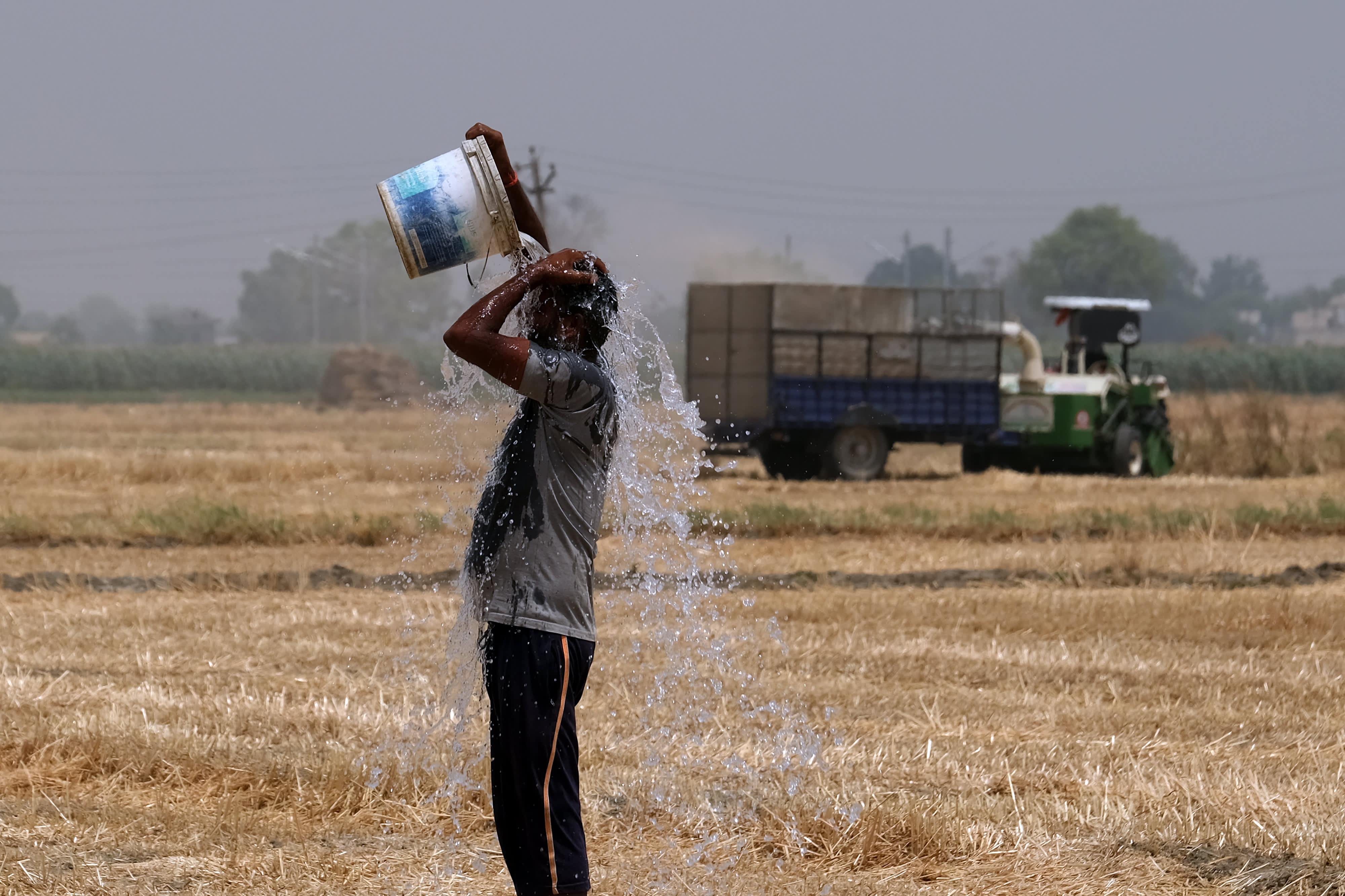India’s 5.6 Million “Missing Trees”: Is climate change to blame?
A new study shows a severe decline in large farmland trees in India
By Ojas Khurana / May 24, 2024

Source: Pexels
A vibrant hub of rural life has gone missing: that cluster of trees between acres of farmland, where the farmers find rest and shade in the middle of an increasingly hot day, the canopy under which their children put up swings and play, the corner where elders meet in the evenings to play cards, and lovers meet in secret after hours.
These beloved agroforest trees, integral to the rural landscape, the ecosystem, and the lives of those who lived among them, are vanishing.
The Disappearance of Large Farmland Trees in India
Researchers have uncovered the alarming disappearance of 5.6 million agroforestry trees across several regions in India between 2018/2019 and 2020–2022. Agroforestry is a land-use practice that integrates multifunctional trees within agricultural landscapes. It is key to maximizing socio-ecological benefits that include food security, improved income generation, a broader and more nutritious diet, fodder for livestock, and resilience. These trees play a crucial role in sustainable farming, biodiversity conservation, and climate mitigation. Despite their importance, the existing mature agroforestry systems and their on-farm trees are often overlooked when it comes to protection and preservation.
Understanding and addressing threats to them is crucial for sustaining the socio-ecological benefits that agroforestry trees provide.
First Clues and Background: What even are Multifunctional Trees?
Agroforestry systems in India weave a complex web, integrating multifunctional trees into agricultural landscapes. These trees are not just any trees; they form the backbone of local forest management and ethno-forestry practices. India, with its vast landscape, holds between 14,224 million and 24,602 million trees outside traditional forests, covering an area equivalent to 17 million hectares. These trees are indispensable, supplying nearly half of the country's annual fuelwood (49%) and timber (48%).
The importance of these trees goes far beyond mere statistics. They sequester carbon in vegetation and soils, playing a vital role in combating climate change. Agroforestry intensifies land use for agriculture, reducing the need for destructive practices like slash-and-burn or shifting cultivation.
With 179.8 million hectares of agricultural land (the largest in the world), tree cover and count in India remain uncertain. 56% of India is covered by farmland, while only 20% is covered by forest according to a world cover map. Yet, these classifications often exclude a significant portion of India’s trees, which are scattered within farmlands, urban areas, or grown as hedgerows. India is globally recognized for its large-scale agroforestry and urban tree systems implementation. Despite this, systematically quantifying tree resources within these systems at a national scale remains challenging, often missing individual trees on farms.
Investigating The Dynamics and Challenges of Agroforestry Trees
Even though some tree loss is natural and part of regular farming practices, and not all lost trees are due to climate change or human actions: the study shows that in some areas, the losses are far beyond what was anticipated. The high loss rate over less than a decade is unexpected, especially since the trees analyzed were generally mature and had reached a later stage of development. While many areas have seen a loss rate of 5-10% of mature trees, some regions in central India, particularly in the states of Telangana and Maharashtra, have documented much higher losses. In these hotspot areas, up to 50% of large farmland trees have disappeared, equating to a loss of up to 22 trees per square kilometer. Particularly worrying is the trend in certain regions where traditional agroforestry systems are being replaced by paddy rice fields, driven by new water supplies. This shift leads to the removal of mature trees and the establishment of less ecologically valuable block plantations, threatening the balance and benefits of these rich ecosystems.
This disappearance has far-reaching implications. Environmentally, trees are vital for maintaining ecosystem balance, providing shade, improving soil health, and supporting wildlife. Economically, farmers rely on these trees for various products and benefits, making their loss a significant blow to local economies.
Plot Thickens: Is Tree Loss Linked to Climate Change?
One driver of tree losses in India is climate change, with central and southern India experiencing rapid temperature increases and unfavorable rainfall and drought trends over the past decade. Rapidly changing environment has made it more conducive for pathogens to thrive, while also necessitating changes in farming practices that can impact the health of these trees. The combined effect of these factors poses a significant threat to the sustainability of agroforestry.
The Neem tree (Azadirachta indica) is commonly grown on farms. Known for its resilience and long life span, Neem trees can grow up to 20 meters in diameter and live for several hundred years. However, recent reports from India indicate that thousands of Neem trees have been infected by fungi, potentially leading to significant diebacks. This issue was identified decades ago, but the situation has intensified in recent years due to climate change. Fungi such as Phomopsis azadirachtae primarily attack older trees, while younger trees tend to be stronger and more resistant to these infections.
The study includes qualitative interviews with villagers from Telangana, Haryana, Kerala, Maharashtra, Andhra Pradesh, Uttar Pradesh, and Jammu and Kashmir, all of whom have experienced significant tree losses. The villagers confirmed a notable reduction in mature trees within and along their fields. It is noteworthy that they attributed this primarily to changes in cultivation practices rather than climate change. This insight highlights the significant role that agricultural practices and water management play in the current decline of farmland trees in these regions.
Constraints and Ambiguities
This study cannot provide information on net tree changes, and results do not contradict reports suggesting a net increase in planted trees outside forests due to active tree planting initiatives in India. However, newly planted trees do not always contribute to biodiversity and can take a long time to efficiently support livelihoods. Additionally, the survival of newly planted trees in the face of climate change remains uncertain. While the scale of tree loss reported here might seem modest compared to global forest mortality from wildfires and droughts, the substantial loss of large farmland trees is troubling. Every large tree loss impacts the ecosystem and, in the long term, affects the well-being and sustenance of communities.
Addressing the disappearance of agroforestry trees requires a multifaceted approach. This includes better integration of these trees into national conservation policies, enhancing farmer awareness and engagement in sustainable practices, and adapting agricultural practices to mitigate negative impacts on tree populations. By prioritizing the protection and sustainable management of agroforestry trees, India can safeguard the socio-ecological benefits they provide, ensuring a more resilient and sustainable future for its agricultural landscapes.
This article is based on a new study published in Nature: Severe decline in large farmland trees in India over the past decade
Climate Change Agroforestry Agriculture Trees

